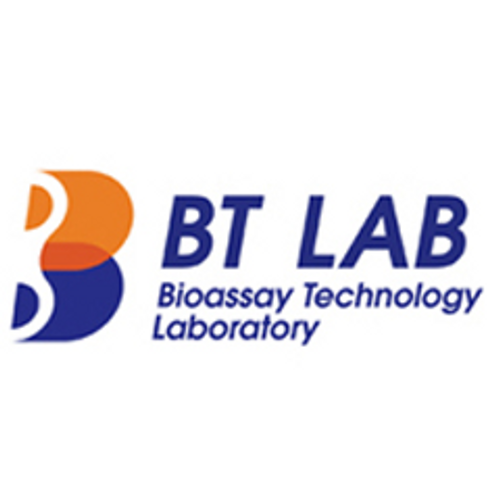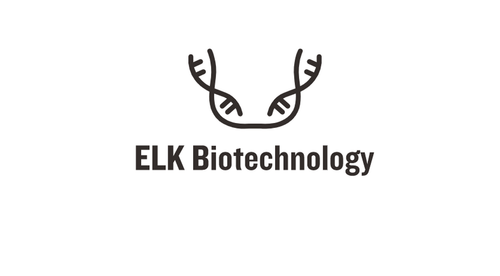Product Description
Human A disintegrin and metalloproteinase with thrombospondin motifs 9 (ADAMTS9) ELISA Kit | AE23852HU | Abebio
Species Reactivity: Human (Homo sapiens)
Abbreviation: ADAMTS9
Alternative Name: FLJ42955; KIAA1312; a disintegrin-like and metalloprotease (reprolysin type) with thrombospondin type 1 motif; 9
Application: ELISA
Range: 0.312-20 ng/mL
Sensitivity: 0.116 ng/mL
Intra-Assay: ≤5.2%
Inter-Assay: ≤10.3%
Recovery: 1, 1
Sample Type: Serum, Plasma, Other biological fluids
Detection Method: Sandwich
Analysis Method : Quantitive
Test Principale: This assay employs a two-site sandwich ELISA to quantitate ADAMTS9 in samples. An antibody specific for ADAMTS9 has been pre-coated onto a microplate. Standards and samples are pipetted into the wells and anyADAMTS9 present is bound by the immobilized antibody. After removing any unbound substances, a biotin-conjugated antibody specific for ADAMTS9 is added to the wells. After washing, Streptavidin conjugated Horseradish Peroxidase (HRP) is added to the wells. Following a wash to remove any unbound avidin-enzyme reagent, a substrate solution is added to the wells and color develops in proportion to the amount of ADAMTS9 bound in the initial step. The color development is stopped and the intensity of the color is measured.
Product Overview: ADAMTS9 encodes a member of the ADAMTS (a disintegrin and metalloproteinase with thrombospondin motifs) protein family. Members of the family share several distinct protein modules, including a propeptide region, a metalloproteinase domain, a disintegrin-like domain, and a thrombospondin type 1 (TS) motif. Individual members of this family differ in the number of C-terminal TS motifs, and some have unique C-terminal domains. Members of the ADAMTS family have been implicated in the cleavage of proteoglycans, the control of organ shape during development, and the inhibition of angiogenesis. This gene is localized to chromosome 3p14.3-p14.2, an area known to be lost in hereditary renal tumors.
Stability: The stability of ELISA kit is determined by the loss rate of activity. The loss rate of this kit is less than 5% within the expiration date under appropriate storage condition. The loss rate was determined by accelerated thermal degradation test. Keep the kit at 37°C for 4 and 7 days, and compare O.D.values of the kit kept at 37°C with that of at recommended temperature. (referring from China Biological Products Standard, which was calculated by the Arrhenius equation. For ELISA kit, 4 days storage at 37°C can be considered as 6 months at 2 - 8°C, which means 7 days at 37°C equaling 12 months at 2 - 8°C) .
 Euro
Euro
 USD
USD
 British Pound
British Pound
 NULL
NULL












